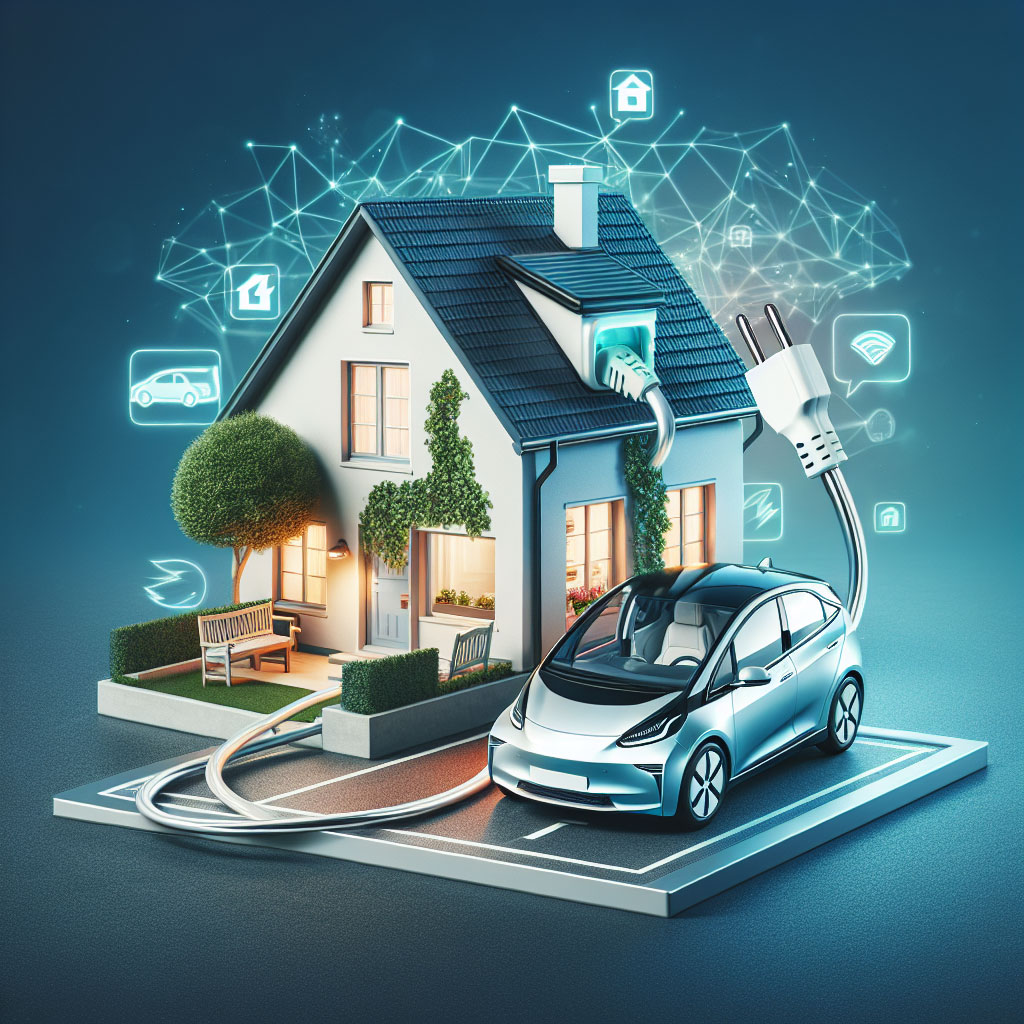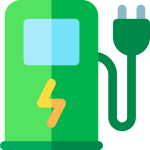
Owning an electric vehicle in Australia promises lower running costs, quieter driving and the convenience of charging at home. The single most practical upgrade for new EV owners is installing a dedicated home wall charger. But what does that entail today – in costs, regulations and technology – and how do you make smart decisions that suit your household and budget?
This guide, written with an Australian perspective, walks through current market options, realistic installation costs and the step-by-step process, plus practical tips to get the best value from your home charging setup.
Top-line summary: How much does a home EV charger installation cost in Australia?
There’s no universal price tag – installations vary depending on charger model, distance to the switchboard, existing electrical capacity and any required upgrades. As a rule of thumb in 2024:
- Entry-level / straightforward installs: about AUD 1,200 – 2,000 (basic smart charger, near switchboard, single-phase, no major upgrades).
- Typical mid-range installs: about AUD 1,800 – 3,500 (popular smart chargers, moderate cable runs, possible small switchboard work).
- Complex installs / upgrades: AUD 4,000 – 8,000+ (long trenching, switchboard/service upgrades, three‑phase conversion, or multiple chargers).
These ranges include both the hardware (charger unit) and professional installation. Individual quotes will vary – always get multiple written quotes from licensed installers.
What drives the cost?
- Charger unit: AUD 700 – 2,000+ depending on brand, power (7 kW vs 11 kW vs 22 kW), smart features (Wi‑Fi, app control, solar optimisation) and build quality.
- Installation labour and materials: AUD 500 – 1,700+, depending on cable length, mounting complexity and whether underground conduits or wall penetrations are needed.
- Electrical upgrades and approvals: AUD 500 – 4,000+, if you need switchboard upgrades, a new meter or network provider (DNSP) approvals for higher capacity or export limits.
- Additional works: trenching, conduit, permissions or structural work can add further costs.
Choosing the right charger for an Australian home
Prioritise reliability, safety certification, and smart features that match your energy profile. Key considerations:
- Power and vehicle compatibility: Most Australian homes will be well served by a single‑phase 7 kW (commonly marketed as 7.4 kW) charger. If your EV supports higher AC charging and you frequently need faster top‑ups, consider 11 kW or 22 kW options – but note many cars are limited by their onboard charger.
- Connectors: Type 2 (Mennekes) is the Australian standard for AC home charging. Ensure the unit and cable type are compatible with your vehicle.
- Smart features: Wi‑Fi connectivity, scheduled charging for off‑peak tariffs, dynamic load management and solar integration can deliver meaningful running cost savings.
- Weather rating and tamper protection: Look for robust IP ratings (IP54 or higher for outdoor installs) and cable locks or tethering options if security is a concern.
- Warranty and local support: Choose brands with Australian warranty coverage and local support networks.
Notable charger brands commonly chosen by Australian households (as of 2024)
- Myenergi Zappi – excels at solar-divert charging, ideal if you have rooftop solar and want to maximise self‑consumption.
- Wallbox (Pulsar Plus, Commander) – popular for compact size, app features and integration.
- Tesla Wall Connector (Gen 3) – seamless for Tesla owners and compatible with other EVs via adapter; strong app integration.
- Evnex / Ocular – Australian/NZ-designed options praised for build quality and weather resistance.
- Easee – compact, smart European entrant with good energy management features.
- ABB, Enel X (formerly JuiceBox) – established manufacturers offering a range of smart chargers.
Power supply: single-phase vs three-phase – which do you need?
- Single-phase (most suburban homes): Typically supports chargers up to about 7-7.4 kW at 32 A. This rate adds roughly 30-45 km of range per hour of charging – ample for overnight charging for most drivers.
- Three-phase (less common in standard homes, more frequent in commercial or newer builds): Enables chargers up to 11-22 kW or higher, adding approximately 120 km+ per hour at full 22 kW speeds. Benefits households that need very rapid recharge or charge multiple vehicles during limited windows.
Practical advice:
- For most Australian households (daily commutes of 40-60 km), a single‑phase 7 kW smart charger is the most cost‑efficient choice.
- If your property already has three-phase power and your EV can accept higher AC rates, an 11 kW or 22 kW charger may be justified.
- Converting a single-phase home to three-phase is expensive and often unnecessary – discuss realistic on‑car charging limits with your installer before planning major upgrades.
The installation process: step-by-step
Initial research and quotes
- Contact 2-3 licensed electricians or specialist EV charger installers to compare quotes.
- Share photos of your switchboard, the proposed charger location and any existing infrastructure to speed up assessment.
Site assessment and planning
- The installer will verify existing switchboard capacity, available spare ways, cable paths and maximum demand of the household.
- They will advise whether a dedicated circuit, switchboard upgrade, or DNSP notification is required.
Purchasing the charger
- Decide whether you or the installer will purchase the charger-the installer often offers combined supply-and-install pricing.
- Confirm the unit has Australian approvals and a suitable IP rating for outdoor installation if needed.
Installation day
- Work typically takes between 2-8 hours for standard installs; complex jobs may take longer or require multiple visits.
- A dedicated circuit is run from the switchboard to the charger. The installation must include appropriate protective devices (RCDs, circuit breakers) and meet Australian Standards.
- Chargers are mounted, connected, and configured (Wi‑Fi setup, app linking).
Testing, compliance and handover
- The electrician performs safety and functionality tests and issues an electrical safety compliance certificate (Certificate of Compliance/CCEW or state equivalent).
- Keep this certificate for insurance and warranty purposes.
Approvals and regulatory matters
- Installations must be performed by a licensed electrician and comply with Australian Standards.
- Some situations (major supply upgrades, export to grid, or very high load increases) will require approval from your distribution network service provider (DNSP) and may incur additional charges.
- Keep documentation: certificates, warranties and installer contact details.
Maximising value: tips to reduce running costs
- Time-of-use tariffs: Use scheduled charging overnight at cheaper tariff windows.
- Solar integration: Use smart chargers that prioritise excess solar generation to reduce grid consumption and running costs.
- Load management: Consider dynamic load balancing if multiple high-load appliances operate simultaneously (e.g., electric oven, hot water heat pump).
- Energy monitoring: Use charger app analytics and household energy-monitoring tools to optimise charging behaviour.
Emerging tech: V2G and future-proofing
Vehicle-to-Grid (V2G) and bi-directional charging are advancing through pilot programs and trials in Australia. While promising for grid services and resilience, V2G-ready vehicles and chargers remain limited. If you want to future-proof your install, consider modular wiring and space in your switchboard to accommodate later upgrades rather than committing to expensive changes now.
Practical checklist before you book an installer
- Confirm your car’s onboard AC charging limit (kW) and connector type.
- Identify a convenient, weather-protected charger location near the switchboard where possible.
- Measure the approximate cable run distance to the switchboard and note any obstacles (driveways, brick walls).
- Check for available incentives – some local councils, state governments or electricity retailers occasionally offer rebates or incentives for home chargers; policies vary and change frequently.
- Ask installers for written quotes that itemise hardware, labour, materials, and any likely additional costs (e.g., switchboard work, trenching, DNSP fees).
Conclusion
A home wall charger is the most practical upgrade you can make as an Australian EV owner. For most households, a single‑phase 7 kW smart charger installed by a licensed electrician provides the best balance of speed, cost and convenience. Smart features – scheduling, solar integration and load management – will deliver ongoing savings and a smoother charging experience.
Costs vary significantly depending on unit choice and site complexity, so obtain several detailed quotes and confirm the installer’s experience with EV-specific installations. With the right charger and a compliant installation, you’ll unlock the core benefit of EV ownership: the convenience of starting each day with a full battery and far fewer trips to public chargers.
FAQs
How long does installation typically take?
A straightforward install usually takes between 2-6 hours on site. Complex jobs involving trenching, switchboard upgrades or DNSP coordination can require multiple visits and extend over several days.
Do I need council approval to install a home charger?
Most residential charger installations do not require a council building permit, but requirements can vary by local government area. Electrical work must be carried out by a licensed electrician who will provide the required compliance paperwork. Check with your local council and installer if you’re unsure.
Will installing a charger increase my electricity bill?
Yes – charging uses electricity – but charging at home (especially using off‑peak tariffs or excess solar generation) is usually much cheaper than public fast chargers. Smart charging can dramatically reduce costs by scheduling charges during low‑cost periods or when solar output is high.
What about safety and warranties?
Ensure the charger has appropriate Australian approvals and is installed by a licensed electrician. Keep the Certificate of Compliance and the manufacturer’s warranty information. Choose brands with local support and clear warranty terms for faster service if issues arise.
Can I install the charger outdoors?
Yes – many chargers are designed for outdoor use, but check the IP rating (IP54 or higher is typical for outdoor installations). Installers will mount the unit to comply with safety clearances and to protect it from weather and possible damage.
Do I need a special tariff or will my current electricity plan work?
Your current plan will work, but you may save by switching to a plan with cheaper off‑peak rates or an EV-specific tariff. Speak with your electricity retailer about options and ask your installer about scheduling features that target low-cost periods.
Is it worth integrating my charger with my solar system?
Yes – if you have rooftop solar, a solar‑aware charger (or a charger combined with an energy management system) can use excess generation to charge your EV, reducing grid electricity use and lowering running costs.
What happens if my household needs more power later?
If you anticipate future needs (second EV, home battery), consult your electrician about sizing the switchboard and leaving space for additional circuits. Upgrading later is possible but more expensive than planning ahead.
About EV Evolution
EV Evolution is the leading online platform dedicated to Australian electric vehicle owners and enthusiasts. We foster a vibrant community, delivering essential EV news and insights, and enhancing user engagement through our innovative, AI-powered chatbot for dynamic discussions. Our mission is to empower Australian electric vehicle owners and enthusiasts by fostering a vibrant, AI-driven online community that connects, informs, and advances the nation’s electric vehicle landscape.




